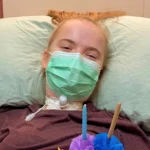Understanding C5 Spinal Cord Injuries: An Overview
A C5 spinal cord injury (SCI) involves damage to the fifth cervical vertebra in the neck and is one of the most common types of spinal injuries that can have life-changing consequences. These injuries primarily affect the neck, shoulders, and arms, but can also impact the entire body to varying degrees, depending on the severity of the damage. Individuals with a cervical SCI may experience partial or complete paralysis of the arms, hands, and legs, along with potential respiratory, digestive, and circulatory issues.
The journey following a C5 spinal cord injury is often complex, involving immediate acute care, long-term rehabilitation, and adaptation to new challenges in daily life. The degree of recovery that can be expected varies widely, influenced by the initial severity of the injury, the speed and comprehensiveness of medical response, and the ongoing support and rehabilitation efforts.
Understanding the demographics, causes, and implications of C2, C3, C4, C5, C6 and C7 spinal cord injuries is crucial for developing effective treatment plans and support systems for those affected. Here are some key statistics:
- According to the National Spinal Cord Injury Statistical Center (NSCISC), about 17,700 new spinal cord injury cases occur each year in the United States.
- Around 62% of spinal cord injuries are cervical (neck) injuries.
- The leading causes of cervical spinal cord injuries are motor vehicle accidents, falls, acts of violence, and sports injuries.
- The average age at the time of injury for cervical spinal cord injuries is around 20-30 years.
- Approximately 78% of new spinal cord injury cases are male.
- The level and severity of disability resulting from cervical spinal cord injuries can vary greatly depending on the location and extent of the damage.
The Impact of Cervical Injuries on Motor and Sensory Functions
The level and severity of disability resulting from cervical spinal cord injuries can vary greatly depending on the location and extent of the damage. Recovery of cervical injuries with conventional treatment depends on several factors but is very limited.
Challenges in Treating C5 Spinal Cord Injuries
- Severity of Injury: Cervical spinal cord injuries are more severe due to their location in the upper spinal cord, which can result in more significant and widespread effects on mobility and function.
- Complete vs. Incomplete Injury: Complete cervical spinal cord injuries, where there is a total loss of function below the injury site, typically have lower recovery chances compared to incomplete injuries, where some function or sensation is retained.
- Limited Regeneration: Unlike other parts of the body, the spinal cord has limited regenerative capacity. Nerve cells in the spinal cord do not regenerate as effectively, making recovery challenging, but not impossible.
- Secondary Complications: Cervical spinal cord injuries can lead to secondary complications such as muscle atrophy, loss of sensation, spasticity, and potential medical complications like pressure sores,and infections.
Despite these challenges, advancements in medical technology, rehabilitation techniques, and ongoing research offer hope for improved outcomes and quality of life for individuals with cervical spinal cord injuries. Innovative treatments such as Stem Cell treatment, neurostimulation such as Epidural Stimulation, and regenerative medicine show promise in enhancing recovery chances.
Advancements in C5 SCI Treatment: From Surgery to Rehabilitation
Cervical spinal cord injuries (CSC) are the most common group among all spinal cord injuries globally. Recent research data showed that cervical Spinal Cord Injury constitutes 62% of all SCIs and the most common age group is between 15-30 years. The most common mechanism of action of cervical Spinal Cord Injury is motor vehicle accidents (MVA). Cervical spinal cord injuries are a more devastating form of spinal cord injuries because they not only result in the loss of lower body functions but also result in the loss of upper body functions. Many patients with various cervical spinal cord injuries completely or partially lose the ability to perform activities of daily life including feeding, transfers, showers or any functional use of their upper limbs rendering them completely dependent on others. Cervical spinal cord injuries also severely affect the autonomic functions of most patients, resulting in loss of blood pressure regulations and sweating ability. Some patients with higher cervical level injuries such as C4 and above may also suffer from weaker diaphragms and impaired respiratory function requiring assistive ventilation.
Combined Epidural Stimulation for Cervical SCI
Verita Neuro offers a unique and comprehensive treatment option available to many patients suffering from cervical spinal cord injuries. This unique treatment involves what is called a “Combined Approach” where two spinal cord stimulations are implanted simultaneously.
The Surgical Procedure: Dual Implantation for Maximizing Function
The first stimulator goes over a specific segment of the cervical spinal cord called “cervical enlargement” and the 2nd implant goes over the lumbar spinal cord. Each of these two segments generates a motor response in the upper and lower limbs, respectively. Both implants are typically done during the same surgery which takes between 5-6 hours.
Programming for Precision: Tailoring Stimulation to Patient Needs
Once the surgery is performed, comprehensive programming – called mapping, follows. This involves providing precise electrical stimulation to the muscles in both upper and lower limbs. The stimulation of the upper limbs, relatively speaking, is a more challenging task due to the more complex anatomical structures involved. Also, many smaller and bigger muscles require proper programming and training for the patients to restore their fine and gross motor skills in the upper limbs. Once the programming of each stimulator is complete, we perform a combined mapping where both stimulators are turned on at the same time. The aim is to target all the paralyzed muscles simultaneously.
Achieving Milestones: Outcome Expectations and Rehabilitation Success in C5 and other cervical injuries Treatment
Verita has treated over 30 patients so far with this combined approach. The expectations are for patients to use both upper and lower limbs after implantation of two stimulators and stem cell treatment. From the cervical stimulator we expect the recovery of fine and gross motor skills in upper limbs, hand and wrist function, biceps, triceps and shoulder functions, and sitting balance to return. Likewise, the expectations from the lower body stimulator are the recovery of leg functions and the ability to stand and walk with support. Once the basic movements in the targeted muscles result, we perform extensive task-based training to build strength, stamina, muscle mass and control.
Insights from the Journey: A C5 SCI Patient Interview
In a previous Q&A session, I spoke with one of our C5 patients, Kamron, a 22-year-old from the United States. Following the implantation of two epidural stimulators, Kamron has seen remarkable improvements in muscle control and function. These advancements have enabled him to execute movements that were once impossible due to quadriplegia. His experience underscores the profound impact that advanced spinal cord injury treatments can have, and it’s heartening to see his optimistic perspective on the future. You can read more details of Kamron’s inspiring story and our conversation here.
Patient Stories and Case Studies: Recovering Functionality After a C5 SCI
In our “Patient Stories” section, we feature inspiring journeys of individuals who have faced the challenges of C5 and other spinal cord injuries and are navigating the path to recovery with our innovative treatments. These case studies are the real-life experiences of patients, showcasing their struggles and triumphs as they regain motor skills and improve their quality of life. We also have a YouTube playlist featuring interviews, testimonials, and progress updates from our patients.
References
- Cervical spinal cord injury, Gillian Porter, Lara Taggart, in Cooper’s Fundamentals of Hand Therapy, 2020.
- Angeli, C. A. et al. Recovery of over-ground walking after chronic motor complete spinal cord injury. N. Engl. J. Med. 379, 1244–1250 (2018).
- Gill, M. L. et al. Neuromodulation of lumbosacral spinal networks
enables independent stepping after complete paraplegia. Nat. Med. 24, 1677–1682 (2018). - Harkema, S. et al. Effect of epidural stimulation of the lumbosacral spinal cord on voluntary movement, standing, and assisted stepping after motor complete paraplegia: a case study. Lancet 377, 1938–1947 (2011).
- Wagner, F. B. et al. Targeted neurotechnology restores walking in humans with spinal cord injury. Nature 563, 65–71 (2018).
- Wenger, N. et al. Spatiotemporal neuromodulation therapies engaging muscle synergies improve motor control after spinal cord injury. Nat. Med 22, 138–145 (2016).
- Nathan Greiner et al Recruitment of upper-limb motoneurons with epidural electrical stimulation of the cervical spinal cord. NATURE COMMUNICATIONS | (2021)12:435 | https://doi.org/10.1038/s41467-020-20703-1 | www.nature.com/naturecommunications
- Alizadeh, A., Dyck, S. M., & Karimi-Abdolrezaee, S. (2019). Traumatic Spinal Cord Injury: An Overview of Pathophysiology, Models and Acute Injury Mechanisms. Frontiers in Neurology, 10. https://doi.org/10.3389/fneur.2019.00282







